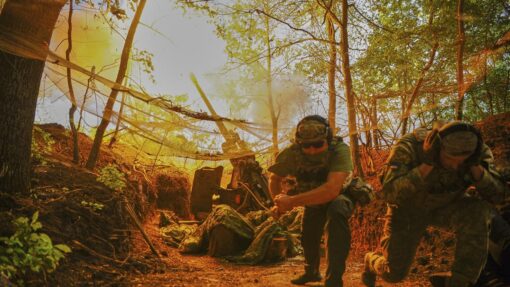‘Dangerous’ building cladding used despite fire risks
Miklos Bolza |

Cladding filled with combustible material was allegedly marketed as safe throughout Australia, despite being linked to major blazes worldwide including London’s catastrophic Grenfell Tower fire.
The cladding, known as aluminium composite panels, was used on residential, commercial and public buildings, and became notorious after the June 2017 fire at the 24-storey London tower where 72 people died.
In Australia, combustible cladding was linked to the 23-storey Lacrosse building blaze in Melbourne in November 2014.
The material has been banned after being deemed dangerous and non-compliant with fire safety standards.

Building owners and lessees have filed a class action seeking damages and compensation against German cladding manufacturer 3A Composites and the firm’s Australian importer and distributor Halifax Vogel Group (HVG).
The German firm produces cladding consisting of aluminium sheets over a polyethylene core – Alucobond PE, which is banned in Australia, and Alucobond Plus, which has been sold to architects and builders as a more fire-safe solution.
As the 40-day hearing started in the Federal Court on Monday, class action barrister Ian Roberts SC said the cladding had been marketed by 3A and HVG for use on a wide range of buildings, but the material was “wholly unsuitable”.
Polyethylene had a calorific value similar to petrol, diesel and natural gas, meaning that it released roughly the same amount of energy when burnt, Justice Stewart Anderson heard.
Furthermore, cladding used on facades provided a large volume of fuel that encouraged fire spread, Mr Roberts said.
“(Aluminium composite panel) fires can burn in all directions because we’ve got a normal fire burning upwards at the same time as molten, burning material falling downwards causing fire below,” he said.
Video footage of the Grenfell fire was played in court, showing drops of burning debris and large chunks of flaming material falling on the street below.

Fire-safety experts called in the case all agreed the cladding could melt, ooze or slough off, pooling on ledges and encouraging the fire to move horizontally as well as vertically, the court heard.
David Youssef, who was a deputy fire chief during the Lacrosse blaze, is expected to give evidence he had never seen a fire move so fast across a building.
The owners corporation of the Shore apartment building in Sydney’s Dolls Point had to pay more than $437,800 to remove its Alucobond PE cladding after it was banned, the court heard.
A Sydney unit complex in Five Dock has the Alucobond Plus cladding and is looking for a way to replace it, after its building insurance premiums jumped from $8662 to $30,786 between 2019 and 2024.
The class action alleges the cladding was not of merchantable quality and 3A and HVG made misleading claims in their marketing about the fire safety of the material.
3A denies it was responsible for any of the promotional material.
Both 3A and HVG have also pointed the finger at architects, saying it was their responsibility to ensure the material was used in a way that ensured fire safety when designing a building.
Mr Roberts said architects could not have made this assessment as they had not been informed by either company of the way the cladding behaved during a fire.
“Alcubond provides approved fire performance,” one ad in an architecture magazine read.
Another brochure contained a photo of cladding on the Distillery apartment tower in inner-Sydney’s Pyrmont, which later reportedly had to remove the dangerous material at a cost of $3 million, the court heard.
“The respondents were keen to convey that there was no material risk of fire and the marketing material only started to disclose this quite late in the piece when it suited their business interests to do so,” Mr Roberts said.
The firms have claimed the cladding panels had been altered or manipulated from their original forms when installed and they could not be held liable for what happened as a result.
The hearing continues on Tuesday.
AAP


